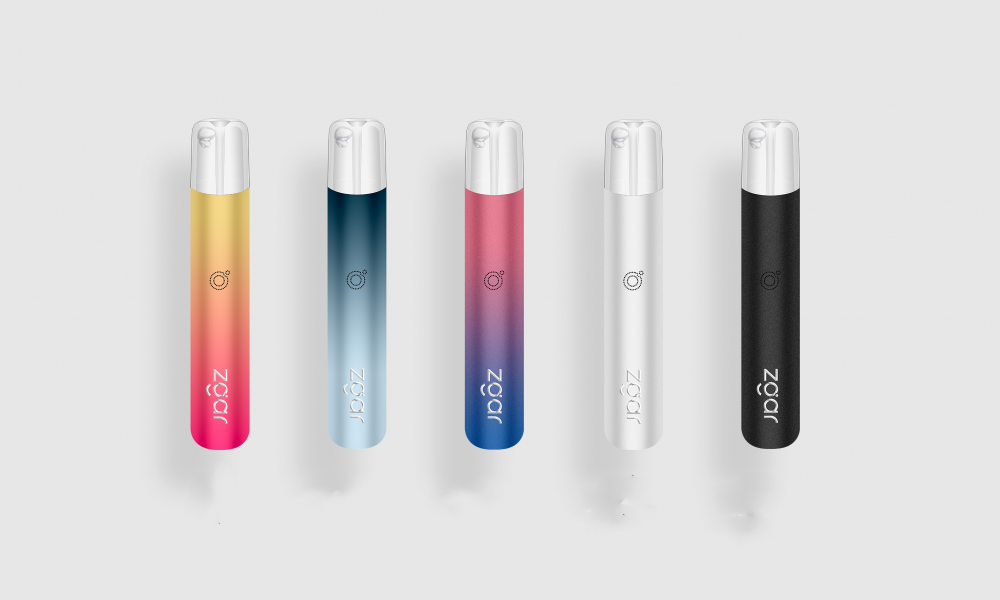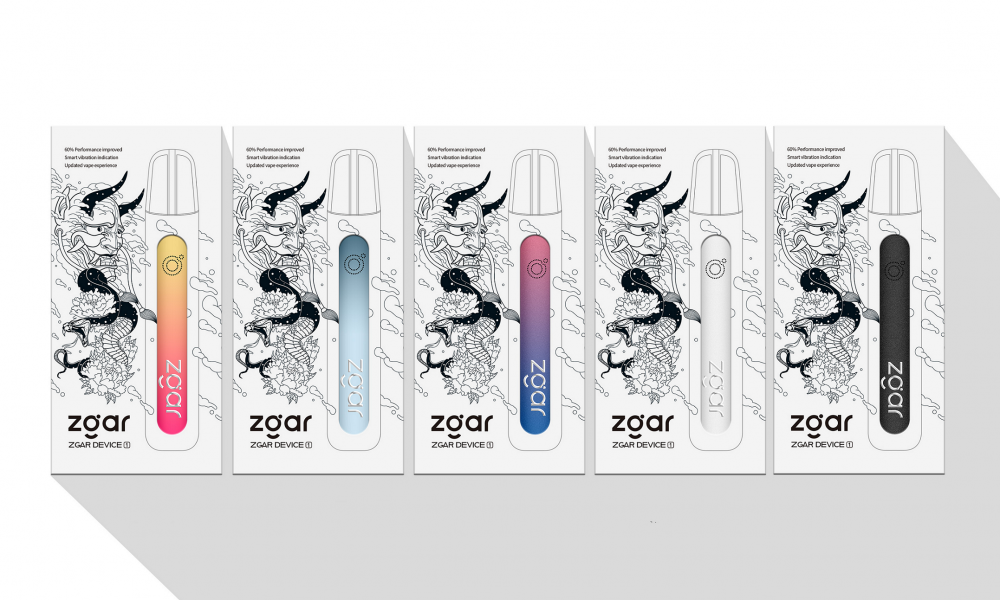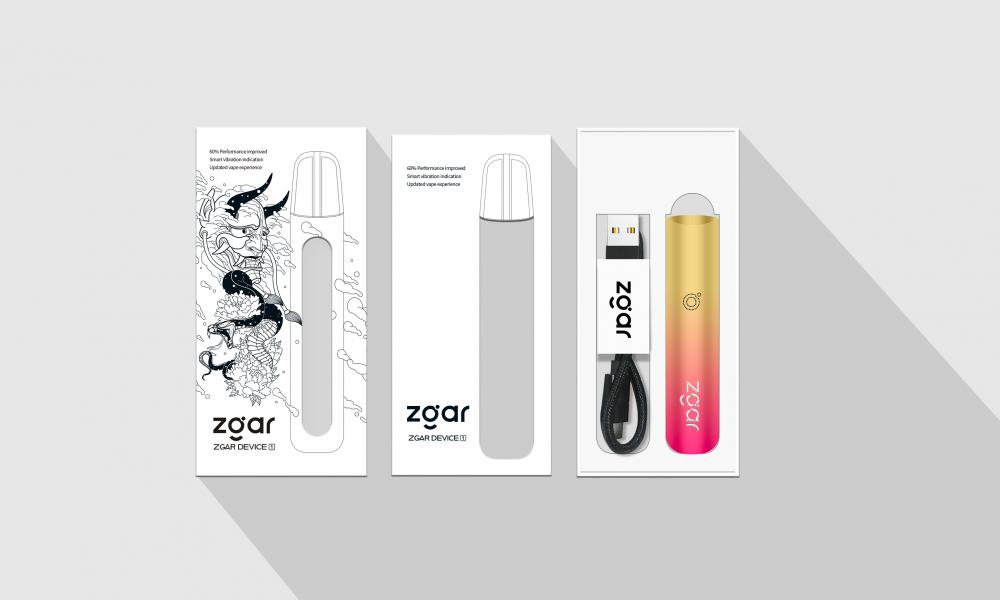Capillary column damage
Usually, a capillary stationary phase, such as polysiloxanes, polyethylene glycols, etc., is coated in the capillary column, and a polyimide coating is often applied on the outside. The polyimide coating has good strength and heat resistance, but under special high temperature conditions, the polyimide coating cannot withstand high temperature aging, so in recent years, an aluminized layer of elastic quartz capillary column has appeared. A quartz capillary column coated with a polyimide coating inherently has a high tensile strength as long as it is stored in an inert environment. However, it is sensitive to moist moisture. Once the polyimide protective layer on the outside of the column is broken, this provides a channel for the entry of moisture, which leads to the breakage of the quartz column.
A mishandled capillary column also leaves an inadvertent scratch on the surface of the column. These scratches are in contact with moisture and spread over time, eventually causing the column to break over time. If a column breaks during high temperature operation, the column is usually destroyed by exposure to air.
![[Sharing] Maintenance and maintenance of capillary GC column ã€åˆ†äº«ã€‘毛细管气相色谱柱的ä¿å…»ä¸Žç»´æŠ¤](http://i.bosscdn.com/blog/lazy.gif)
Stationary phase damage
Although column fracture is a non-negligible problem, stationary phase damage is a more common problem than capillary column loss. Stationary phase damage often results in increased activity of the polar solute column, decreased column efficiency, and increased column loss. The symptoms are due to the increase in column activity, resulting in the appearance of tailing peaks and peak height reduction; due to the decrease in efficiency and resolution, peak broadening and baseline drift due to excessive column loss. If the stationary phase damage is severe, then column activity increases, column efficiency decreases, and excess column loss occurs simultaneously.
The most common operational error can lead to stationary phase damage
First, heating beyond the stationary phase using the upper temperature limit or without sufficient carrier gas flow can compromise column performance. Secondly, during the heating process, the accidental contact of the stationary phase with oxygen leads to degradation of the stationary phase. This requires that the carrier gas should be fully exhausted before the temperature rises. Finally, contaminated solutes or samples can also damage the stationary phase. However, all of these issues are preventable. In some cases, damaged columns can also be used for waste. Chromatographers can easily prevent stationary phase thermal damage. If stationary phase thermal damage occurs, it can sometimes be done by disconnecting the column from the detector and purging it overnight with sufficient carrier gas flow at the upper temperature limit. Before reinstalling the column, cut the end of the column a few centimeters to remove foreign matter. These foreign materials are deposited on the column when resolidified.
When there is a problem with the column, it is first necessary to find out whether it is column contamination or column stationary phase damage. Contamination occurs when undesired substances are adsorbed onto the stationary phase. When a chemical reaction occurs in the stationary phase, a stationary phase damage occurs. In other words, chemical damage changes the composition of the stationary phase, and contamination does not change the chemistry of the stationary phase, but instead the deposit is adsorbed onto the stationary phase.
Damage to contact with oxygen at high temperatures is a typical chemical damage. It is important to prevent oxidative damage in extending the life of the stationary phase. Oxidative damage is particularly severe at high temperatures. The use of high purity carrier gases and the maintenance of a leak-free system minimizes the need to contact the column with oxygen. Even with high purity carrier gas, a trap is required to keep oxygen from entering the chromatograph .
The diaphragm is also a common neglect problem, and the rubber diaphragm of the inlet often changes because it is easy to leak after repeated use. Leaky membranes are often the largest source of oxygen entering the chromatograph. Unfortunately, there is no remedy for oxidatively damaged columns. Because this damage is irreversible, it is not credible to attempt to restore the inertness of the column by chemical treatment after it has been damaged.
Chemical attack from active samples or active solutes is another source of stationary phase damage. In general, the symptoms of chemical damage to the stationary phase are peak tailing, adsorption, decreased efficiency, and loss of selectivity. If contamination is caused by injecting a sample, the damage usually occurs at the front end of the column. Carrier gas contamination is an uncommon source of chemical damage that usually causes damage to the entire column. The stationary phase is often susceptible to chemical attack by strong mineral acids such as hydrochloric acid and strong bases such as potassium hydroxide. Avoid the introduction of strong acids or bases by injection or column rinsing. Sometimes it is inevitable to add strong acids or bases because they are often by-products of the preparation of organic samples in the aqueous phase. If the chemical damage of the stationary phase is limited to the front end of the column, the problem can be easily solved by trimming the contaminated section at the front end of the column. However, the chemical damage phenomenon located at the front end of the column is very rare. It is often encountered that the stationary phase of the entire column is chemically damaged.
ZGARVAPE
Zgar 2021's latest electronic cigarette Aurora series uses high-tech temperature control, food grade disposable pod device and high-quality material.Compared with the old model, The smoke of the Aurora series is more delicate and the taste is more realistic ,bigger battery capacity and longer battery life. And it's smaller and more exquisite. A new design of gradient our disposable vape is impressive. We equipped with breathing lights in the vape pen and pod, you will become the most eye-catching person in the party with our atomizer device vape.
The 2021 Aurora series has upgraded the magnetic suction connection, plug and use. We also upgrade to type-C interface for charging faster. We have developed various flavors for Aurora series, Aurora E-cigarette Cartridge is loved by the majority of consumers for its gorgeous and changeable color changes, especially at night or in the dark. Up to 10 flavors provide consumers with more choices. What's more, a set of talking packaging is specially designed for it, which makes it more interesting in all kinds of scenes. Our vape pen and pod are matched with all the brands on the market. You can use other brand's vape pen with our vape pod. Aurora series, the first choice for professional users!
We offer low price, high quality Disposable E-Cigarette Vape Pen,Electronic Cigarettes Empty Vape Pen, E-cigarette Cartridge,Disposable Vape,E-cigarette Accessories,Disposable Vape Pen,Disposable Pod device,Vape Pods OEM vape pen,OEM electronic cigarette OEM e-cigarette OEM e-cig to all over the world.





E-Cigarette Vape Pen,Disposable Device Vape,Vape Pen Atomizer,Latest Disposable E-Cigarette OEM vape pen,OEM electronic cigarette
ZGAR INTERNATIONAL(HK)CO., LIMITED , https://www.oemvape-pen.com
